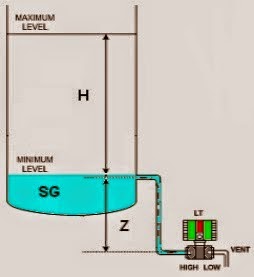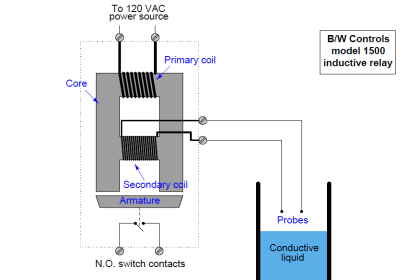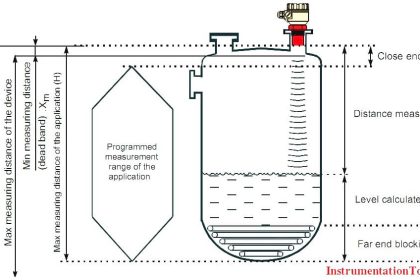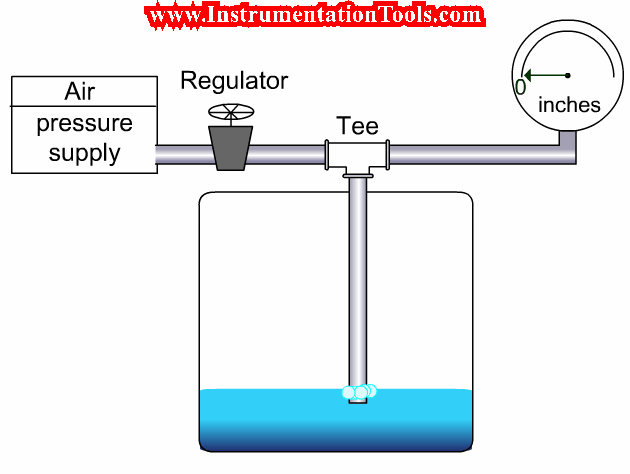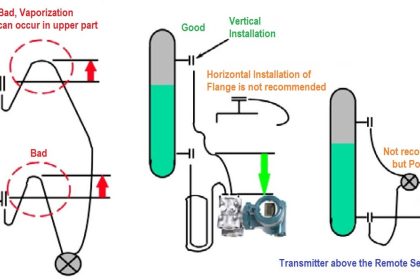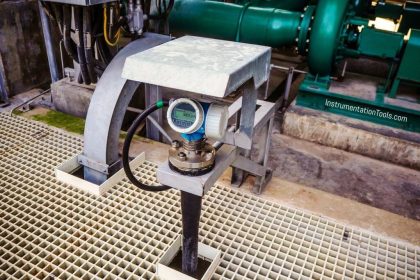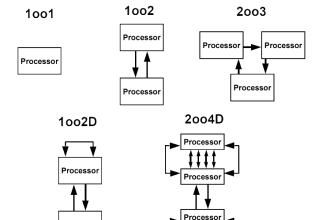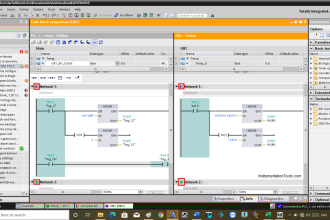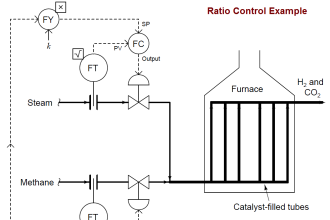The thermal differential system is strictly a monitoring system rather than a level measurement system.
It utilizes two Resistance Temperature Detectors (RTD). One RTD measures the temperature of the fluid around the sensor; the second RTD is self-heated. This provides a temperature differential between the two RTDs.
Thermal Differential Level Measurement
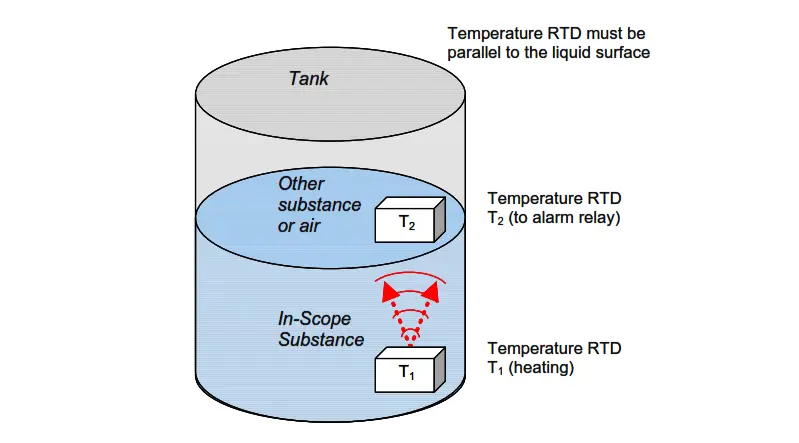
In a liquid level measurement application, the thermal conductivity of the liquid is higher than the gaseous layer above the liquid. When the RTDs make contact with the liquid, there is a cooling effect with the liquid absorbing the heat from the heated RTD. This reduces the temperature differential between the two RTDs and causes the relay to change state.
When the liquid level drops below the sensor, the temperature differential increases, causing the relay to reset. This will also work in a liquid-liquid interface when the two liquids have different thermal conductivity such as a tank containing oil and water.
This type of level measurement equipment can also be used for monitoring the flow of liquid to or from the tank and for alarm initiation.
This method of tank level monitoring has no moving parts. A two-stage calibration of the monitoring probe is required. An accuracy of between 0.1% and 5% of the full-scale measurement can be attained.
Read Next:
- Non-Contact Radar Level Sensor
- Selection of Level Transmitters
- Air Bubbler Level Sensor
- Servo Level Instrument
- Interface Level Measurement

